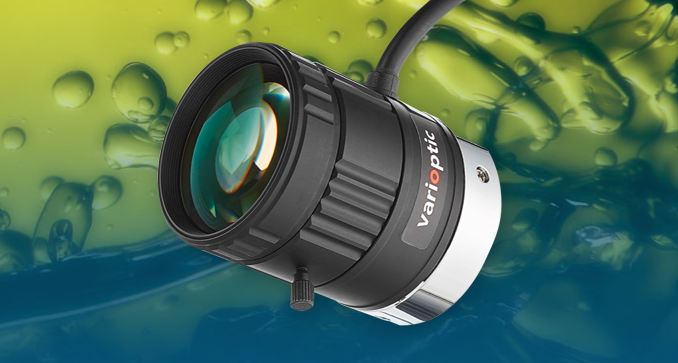 Liquid lenses are a new technology rapidly gaining popularity in the industrial sector. They offer numerous benefits over traditional lenses in a wide variety of applications. In fact, it's their versatility and flexibility that have been the main drivers of their successful adoption.
Liquid lenses are a new technology rapidly gaining popularity in the industrial sector. They offer numerous benefits over traditional lenses in a wide variety of applications. In fact, it's their versatility and flexibility that have been the main drivers of their successful adoption.
But what is liquid lens technology? How does it work and what's it used for?
Liquid Lenses are Used for Superior Autofocus
For digital pictures, precise control of the focus is the only way to achieve high quality images. The subject of the images must be extremely sharp, while the rest of the background is more blurred. Autofocus capability is core to the ability to take a superior photo, and liquid lenses bring brand new capabilities in autofocus.
Liquid lenses are used in a variety of applications such as:
- Digital photography
- Industrial data capture
- Barcode reading (1D and 2D)
- Biometric data acquisition
Essentially, liquid lenses are used in any application where there are large variations in object distance which require fast autofocusing.
How Does Liquid Lens Technology Work?
Liquid lenses use an electrowetting process to achieve superior autofocus capabilities. The lens itself is a sealed cell with water and oil inside. The electrowetting process shapes the oil drop into an effective lens quickly and accurately. The process is continuous, reversible and fast for small and large focus steps alike.
Note that liquid lens technology involves no moving mechanical parts. This makes them highly resistant to shock and vibration. It also enables a stable optical axis in any orientation, making liquid lenses a durable alternative to mechanical options.
Why Use Liquid Lens Technology?
The main benefits provided by liquid lenses are their flexibility to be used in several different applications simultaneously. This is especially useful in high volume production environments where different sized objects are being used.
For example, a pharmaceutical company may use machine vision inspection for different types of capsules, pills, gel tablets, etc. With traditional lenses, there would need to be several image systems set up to inspect each product, or one image system would have to constantly have the depth of focus changed.
With liquid lenses, one image system can do the work of multiple image systems. Different object distances can be programmed into the image system, eliminating the need to stop production to change depth of focus or to set up several different image systems.
Liquid lens technology, due in large part to the flexibility it provides, has exploded in popularity in the industrial sector. Liquid lenses are well-suited for a wide range of applications and can even provide a higher image quality than many mechanical options.
For more technical product specifications, view a selection of liquid lenses from Phase 1 Technology.
